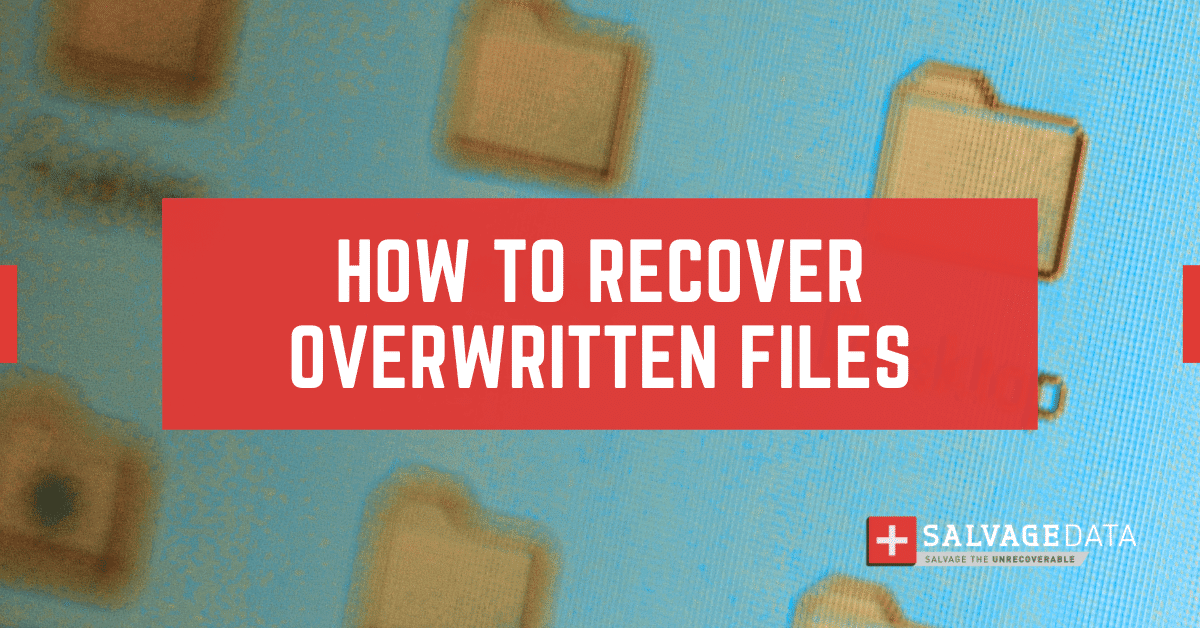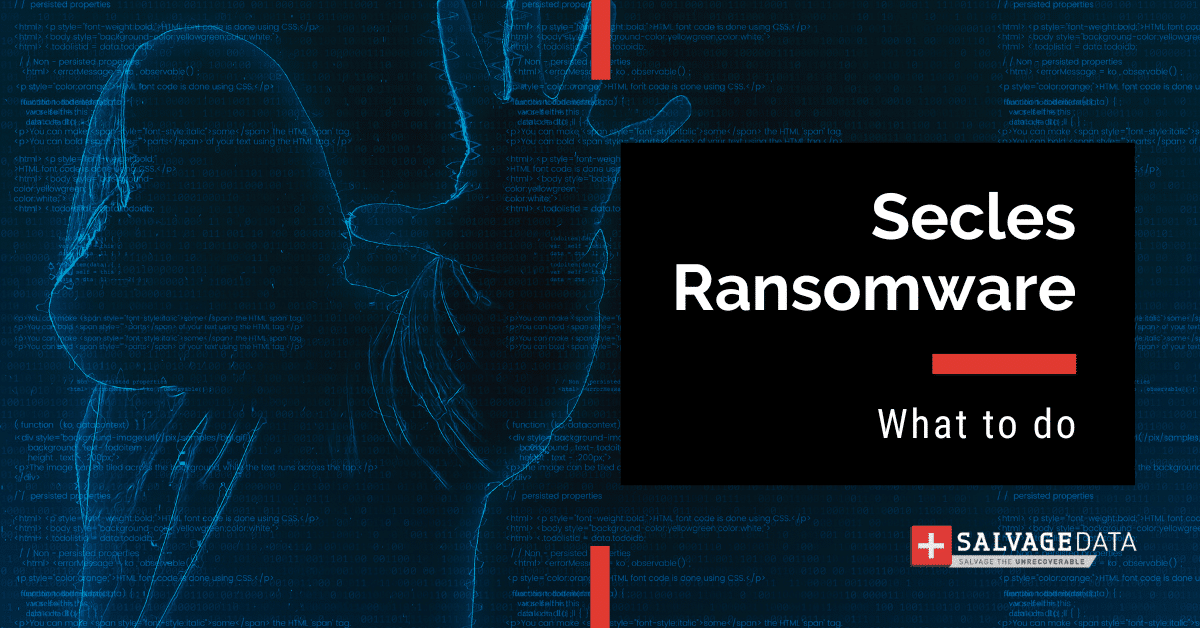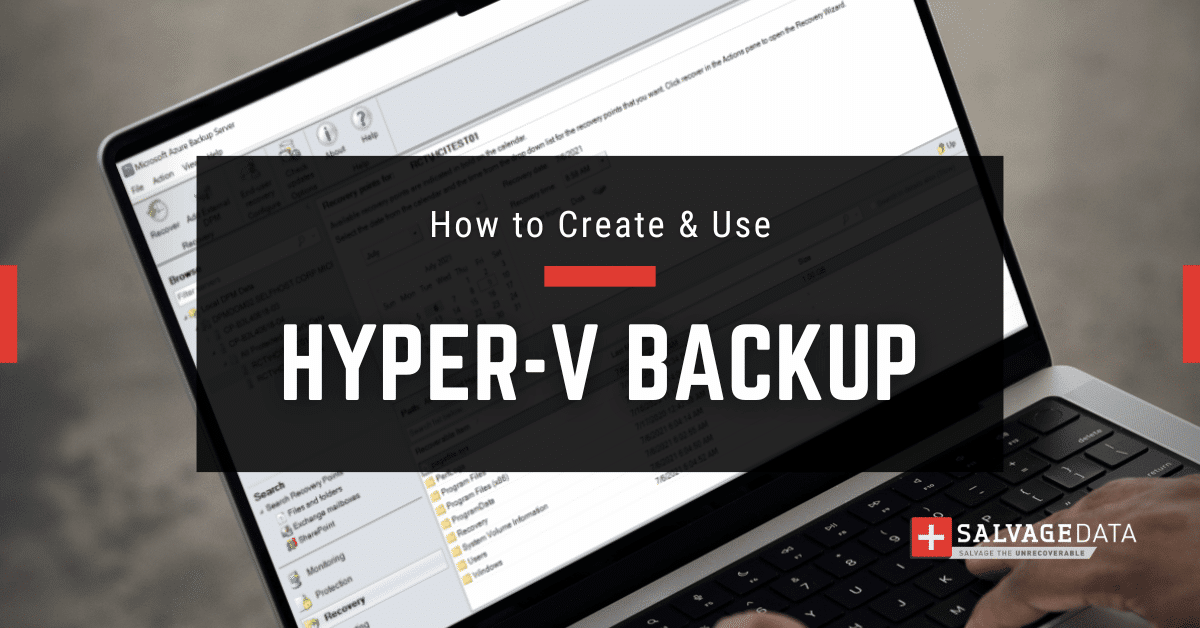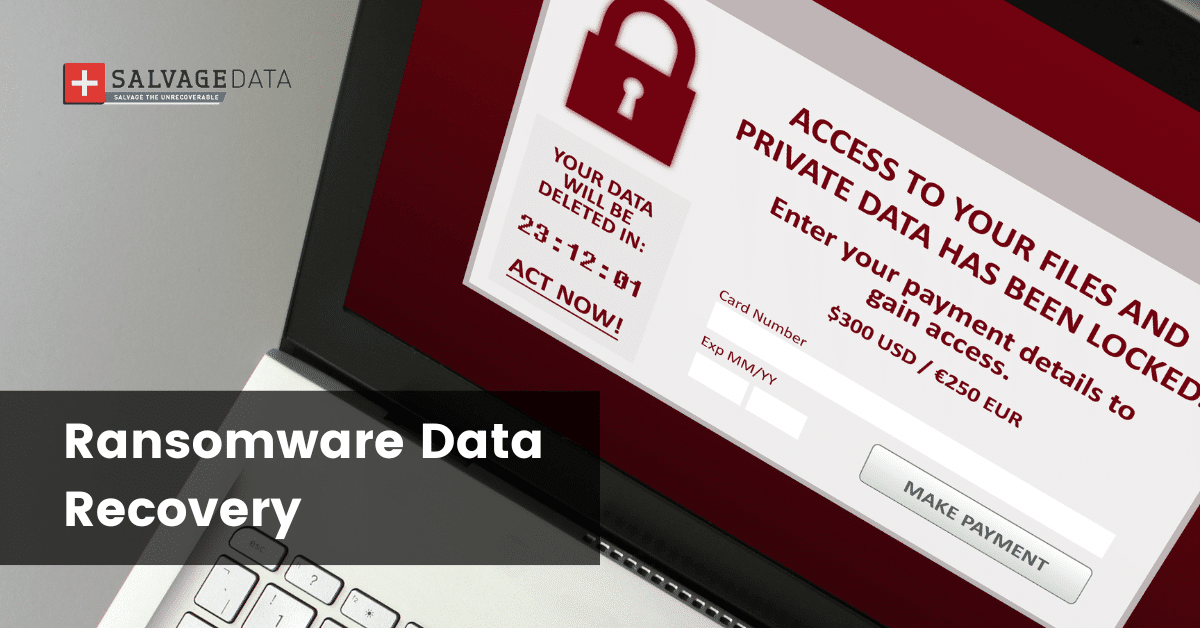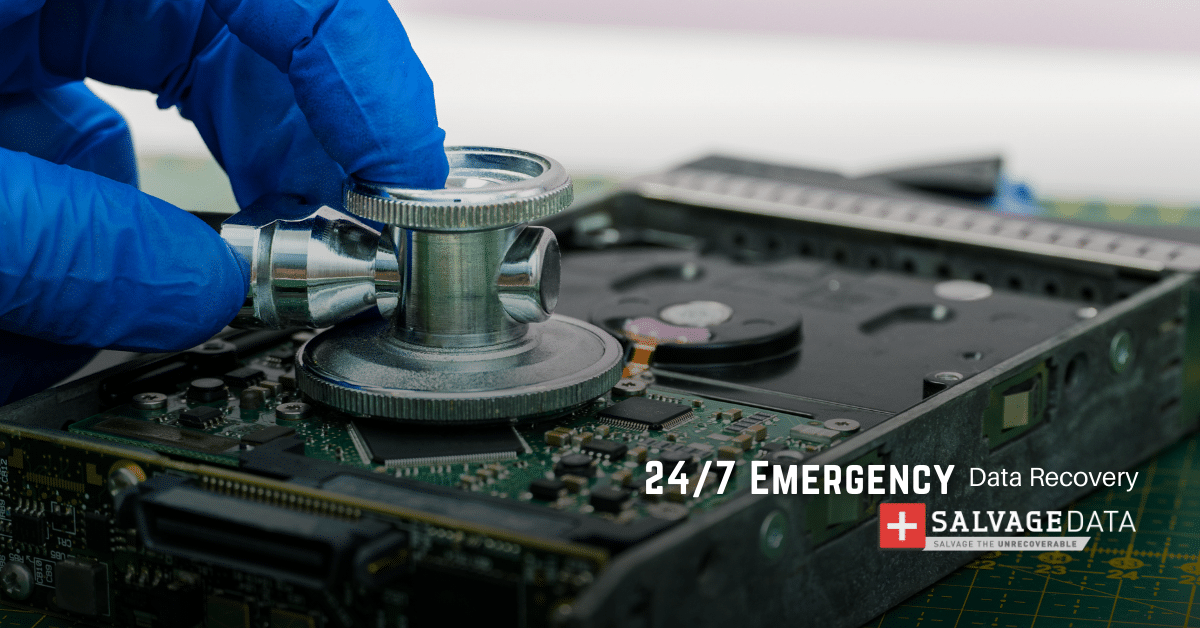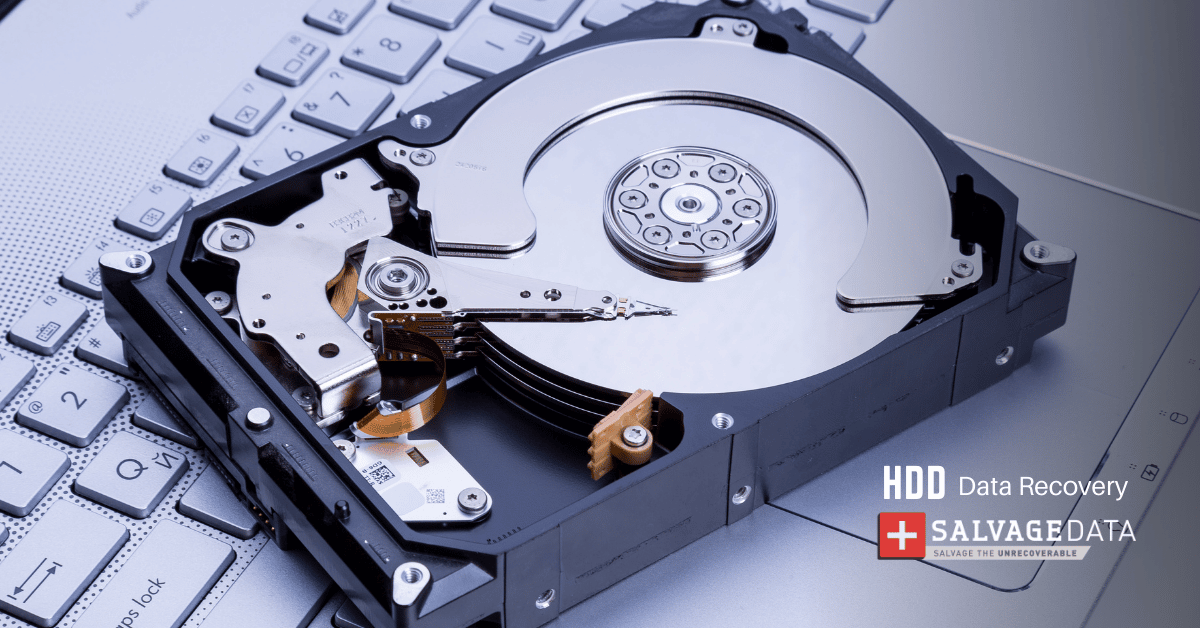Recent Articles
How To Recover Overwritten Files
The Snowflake Data Breach: A Comprehensive Overview
Mac Not Recognizing External Hard Drive: Quick Fix Solutions
How Multi-Cloud Backup Solutions Can Prevent Data Disasters
Capibara Ransomware: What is it & How to Remove
What Should a Company Do After a Data Breach: The Ticketmaster Incident
Secles Ransomware: Removal Guide
What To Do When Your Chromebook Freezes
How to Create Hyper-V Backup
What Is The Best Data Recovery Software For PC

I think there's an issue with my storage device, but I'm not sure Start a free evaluation →
I need help getting my data back right now Call now (800) 972-3282
Smrss32 is a file-encrypting virus that uses a strong encryption algorithm to make users’ files inaccessible. It then demands a ransom from the victims in exchange for the decryption key that can restore access to the locked files. Someone primarily spread Smrss32 through spam emails and malicious attachments. Once it has infiltrated a system, it will scan the hard drive for specific file types and encrypt them using a 2048-bit RSA encryption key. The virus will then append the “.id-[random number]” extension to the encrypted files and drop a ransom note named “README.txt” on the desktop. This note will contain instructions on how to pay the ransom and decrypt the locked files.
History
Smrss32 was first discovered in May 2018 by security researcher MalwareHunterTeam. It is a variant of Smrss, which was first discovered in December 2017. Smrss is a ransomware-as-a-service (RaaS) platform that allows anyone to create their own version of the Smrss ransomware and distribute it to victims.
The Smrss32 Ransomware was created using the Smrss builder, which is available for purchase on several underground forums.
How does Smrss32 Ransomware spread?
Someone primarily spread the ransomware through spam emails and malicious attachments. The email messages may look like they come from legitimate companies or organizations, such as UPS, DHL, or PayPal. They will usually contain an attachment that appears to be a bill, invoice, or some other type of document. However, when this attachment is opened, it will actually execute a script that downloads Smrss32 Ransomware on the system.
Malicious websites are another way that Smrss32 can spread. Some of these sites may look like legitimate websites, but they contain malicious code that can automatically download and install Smrss32 without your knowledge or consent.
It may also spread through software vulnerabilities. Sometimes, hackers will exploit security flaws in software to silently install malware on victims’ computers. They often do this by embedding malicious code in ads and other content that is displayed on websites. When you visit one of these sites, the malicious code will run in the background and infect your system with Smrss32 ransomware.
Protection
To protect yourself from Smrss32 and other similar threats, you should avoid opening email attachments from unknown senders. Even if the sender looks familiar, you should still confirm that the email is legitimate before opening any attachments. You can do this by hovering over the sender’s name to see if the email address matches the one you have on file. If it doesn’t, then it’s likely a spoofed email.
You should also install all security updates on your operating system and other software as soon as they are released. These updates often contain patches for newly discovered security vulnerabilities that hackers can exploit to infect your system with Smrss32 or other malware.
You should also consider using a reputable anti-malware program to protect your system from Smrss32 and other threats. These programs use powerful detection engines to identify and remove malware, including ransomware before it can do any damage.
Ransom amount and payment method
The price of the Smrss32 ransom varies depending on how much money the victim is willing to pay. The attackers will usually give a discount if the ransom is paid within a certain period. They accept payments made in Bitcoin, Monero, or Ethereum. Once the payment has been made, the attackers will send the victim a decryptor tool that can be used to decrypt the locked files.
This ransomware is a very dangerous threat and we do not recommend paying the ransom. There are no guarantees that the criminals will keep their end of the bargain and provide you with a working decryption key. Instead, we recommend that you remove Smrss32 from your system using a reputable anti-malware program and attempt to restore your files from a backup.
Smrss32 Ransomware Removal
If it has infected your system, you should remove Smrss32 Ransomware as soon as possible. Manual removal is possible, but it is very difficult and risky. We recommend that you use a reputable anti-malware program like SpyHunter to remove Smrss32 and any other malware from your system.
These programs are designed to scan your system, identify all malicious files, and remove them safely. They also provide real-time protection against future infections.
Restoring Files Encrypted by Smrss32
If you have a backup of your files, you can restore them after removing the ransomware from your system. We recommend using an on-demand scanner to remove Smrss32 and any other remnants of the virus from your system.
Once Smrss32 has been removed, you can use a program like FileZilla or Recuva to restore your files from the backup.
If you don’t have a backup, you may be able to use a free data recovery program to restore them. These programs scan your hard drive for traces of deleted files and attempt to recover them. However, they will not work if Smrss32 has securely erased the original files.
Anyway, SalvageData data recovery software is worth a try.
Public decryption tool
Unfortunately, at this time there is no public decryption tool available for Smrss32 ransomware.
How SalvageData can help?
If you have Smrss32 Ransomware, the first thing you should do is DISCONNECT from the internet.
Next, you need to REMOVE this ransomware from your computer. For help with this, we recommend working with a professional virus removal company, such as SalvageData.
Once it has been removed from your system, we can then attempt to RECOVER any encrypted files. We have a 90% success rate in recovering files from ransomware infections, so there’s a good chance we’ll be able to help you too!
SalvageData Recovery Services has the tools and experience necessary to decrypt Smrss32 Ransomware encrypted files. So, do not hesitate to contact us for a free evaluation and our removal services.

